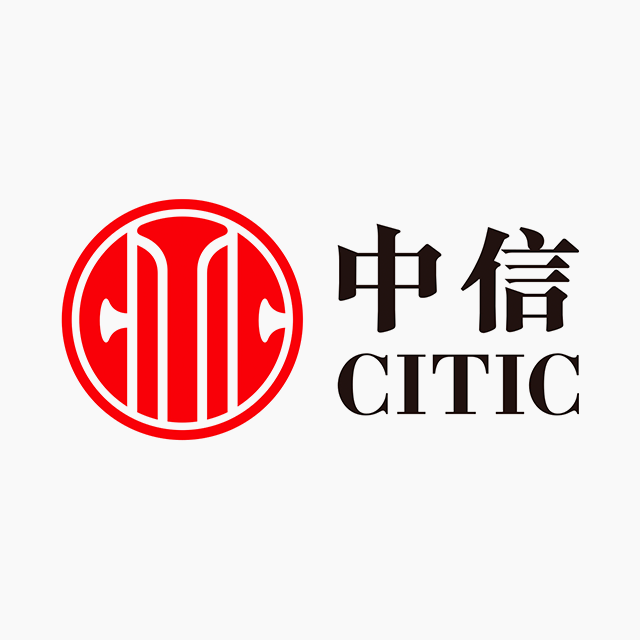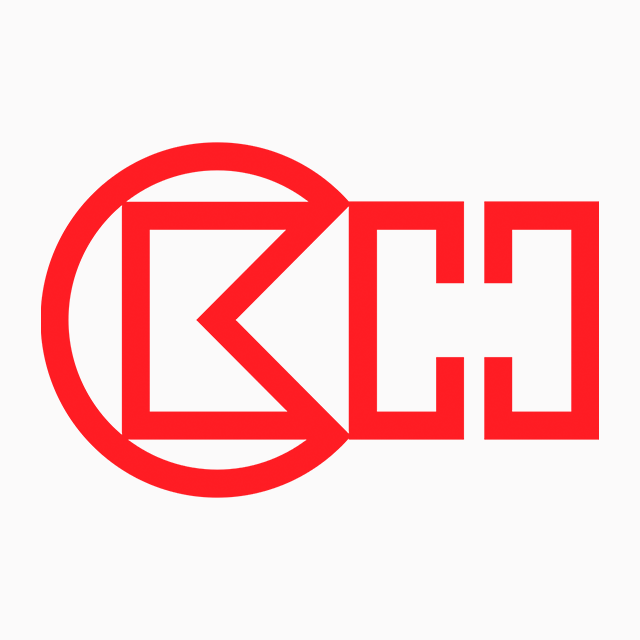Company Analysis Grand Ming Group Holdings Limited
1. Summary
Advantages
- Price (3.02 HK$) is less than fair price (4.43 HK$)
- The company's current efficiency (ROE=10.06%) is higher than the sector average (ROE=4.87%)
Disadvantages
- Dividends (0%) are below the sector average (5.96%).
- The stock's return over the last year (-26.98%) is lower than the sector average (-24.86%).
- Current debt level 62.62% has increased over 5 years from 56.32%.
Similar companies
2. Share price and performance
2.1. Share price
2.2. News
2.3. Market efficiency
| Grand Ming Group Holdings Limited | Industrials | Index | |
|---|---|---|---|
| 7 days | -3.8% | 1.1% | 0.9% |
| 90 days | -10.4% | -34.7% | -4.3% |
| 1 year | -27% | -24.9% | 28.3% |
1271 vs Sector: Grand Ming Group Holdings Limited has slightly underperformed the "Industrials" sector by -2.13% over the past year.
1271 vs Market: Grand Ming Group Holdings Limited has significantly underperformed the market by -55.29% over the past year.
Stable price: 1271 is not significantly more volatile than the rest of the market on "Hong Kong Exchanges" over the last 3 months, with typical variations of +/- 5% per week.
Long period: 1271 with weekly volatility of -0.5189% over the past year.
3. Summary of the report
4. Fundamental Analysis
4.1. Stock price and price forecast
Below fair price: The current price (3.02 HK$) is lower than the fair price (4.43 HK$).
Price significantly below the fair price: The current price (3.02 HK$) is 46.7% lower than the fair price.
4.2. P/E
P/E vs Sector: The company's P/E (18.13) is lower than that of the sector as a whole (26.33).
P/E vs Market: The company's P/E (18.13) is lower than that of the market as a whole (26.69).
4.2.1 P/E Similar companies
4.3. P/BV
P/BV vs Sector: The company's P/BV (1.83) is higher than that of the sector as a whole (1.23).
P/BV vs Market: The company's P/BV (1.83) is higher than that of the market as a whole (-11.94).
4.3.1 P/BV Similar companies
4.4. P/S
P/S vs Sector: The company's P/S indicator (10.16) is higher than that of the sector as a whole (1.61).
P/S vs Market: The company's P/S indicator (10.16) is higher than that of the market as a whole (2.77).
4.4.1 P/S Similar companies
4.5. EV/Ebitda
EV/Ebitda vs Sector: The company's EV/Ebitda (7.73) is lower than that of the sector as a whole (7.89).
EV/Ebitda vs Market: The company's EV/Ebitda (7.73) is lower than that of the market as a whole (9.94).
5. Profitability
5.1. Profitability and revenue
5.2. Earnings per share - EPS
5.3. Past profitability Net Income
Yield Trend: Rising and has grown by 156.45% over the last 5 years.
Earnings Slowdown: The last year's return (0%) is below the 5-year average return (156.45%).
Profitability vs Sector: The return for the last year (0%) is lower than the return for the sector (823.54%).
5.4. ROE
ROE vs Sector: The company's ROE (10.06%) is higher than that of the sector as a whole (4.87%).
ROE vs Market: The company's ROE (10.06%) is higher than that of the market as a whole (6.3%).
5.5. ROA
ROA vs Sector: The company's ROA (3.4%) is higher than that of the sector as a whole (2.72%).
ROA vs Market: The company's ROA (3.4%) is higher than that of the market as a whole (3.39%).
5.6. ROIC
ROIC vs Sector: The company's ROIC (0%) is lower than that of the sector as a whole (0%).
ROIC vs Market: The company's ROIC (0%) is lower than that of the market as a whole (0%).
7. Dividends
7.1. Dividend yield vs Market
Low yield: The dividend yield of the company 0% is below the average for the sector '5.96%.
7.2. Stability and increase in payments
Dividend stability: The company's dividend yield 0% has been steadily paid over the past 7 years, DSI=0.71.
Weak dividend growth: The company's dividend yield 0% has been growing weakly or stagnant over the past 5 years. Growth over only 0 years.
7.3. Payout percentage
Dividend Coverage: Current payments from income (114.2%) are at an uncomfortable level.
Pay for your subscription
More functionality and data for company and portfolio analysis is available by subscription



